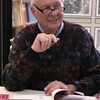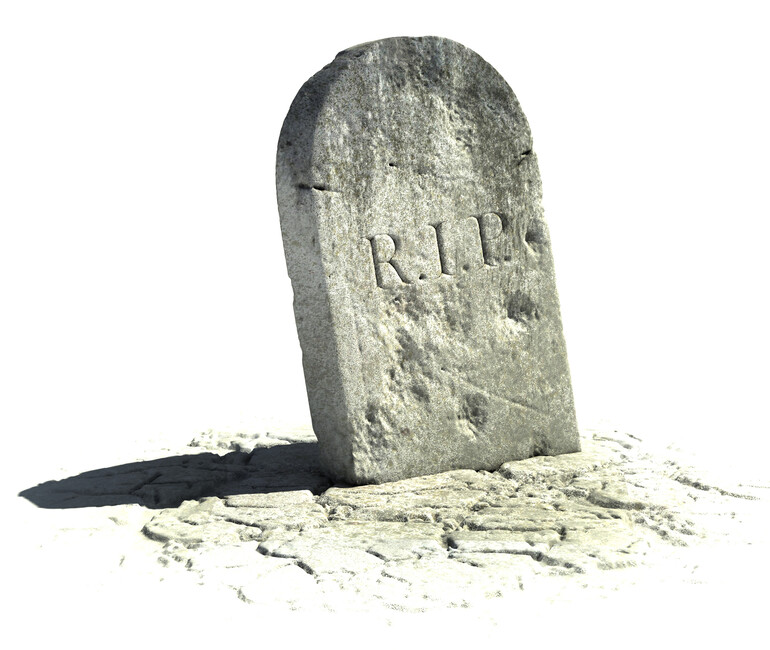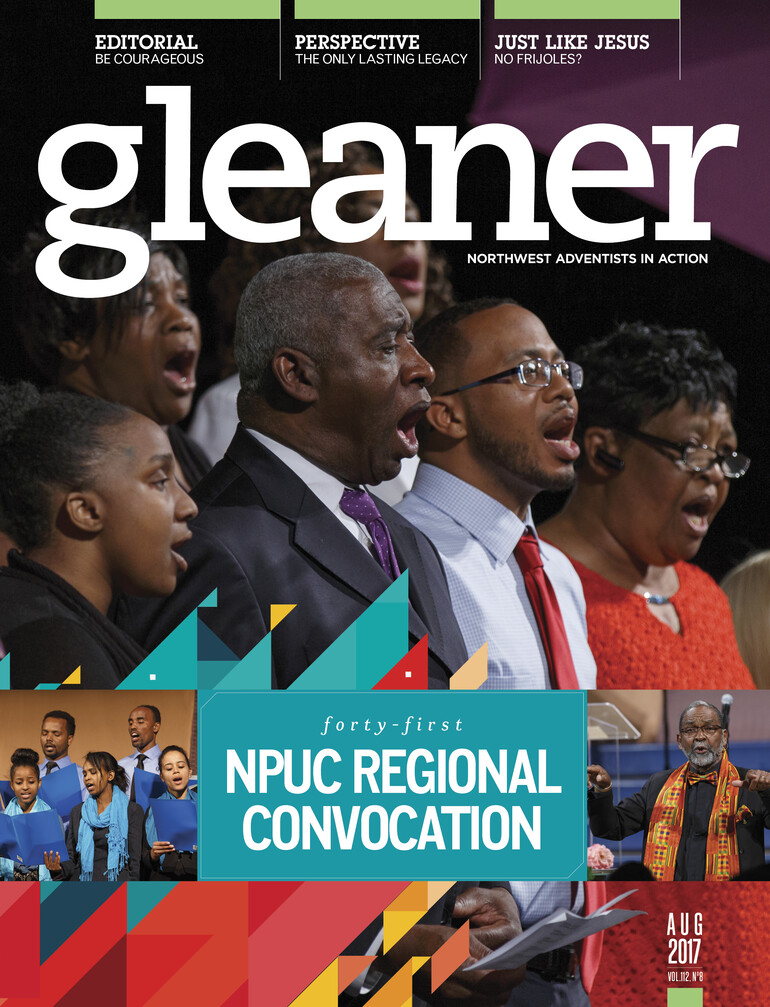The All Saints Church, in the perfectly named English village of Aldwincle, dates back to the 1300s and was the site of countless weddings, funeral, baptisms and baby dedications. By the 20th century, however, the local parish could no longer sustain the beautiful structure, due to shrinking population and the presence of another church building. After 100 years of “disuse” it was declared “redundant” in 1976. It was then taken over by the Churches Conservation Trust, and a couple days ago I spent the night in it all by myself.
Through an activity known as “champing” ("church" plus "camping"), medieval churches can be rented for a reasonable fee for the evening. Bedding and breakfast are provided, and groups or individuals can spend the night. Having completed a week of touring around England and Scotland I figured this would be a great way to end my travel adventure — especially since it would be a Friday evening and seemed like an appropriate place to stay to welcome the Sabbath.
Some people would find sleeping in an ancient church creepy, and I did promise to myself that if the old organ in the corner started playing on its own I would seek different accommodation immediately. Thankfully, I did not feel scared at all. The setting was beautiful, contemplative and peaceful.
However, that doesn’t mean I wasn’t haunted. There were ghosts in that place, but not the kind people talk about around campfires or show in movies.
Before bed, I walked silently barefoot across the old stone floor, taking in the atmosphere. I was drawn to the plaques on the wall. Many of them were in Latin, worn indecipherable by age. There was a great mural of the Ten Commandments at the end of the nave (strangely, the first four were marred) and giant rock slabs with various epitaphs on them dating from the 1600s. In one corner a modern sign from the Churches Conservation Trust asked for money as though one was feeding starving children. It costs 50 dollars a day to keep an old church open. Won’t you consider a gift?
On a dusty old desk by the lectionary a brass plaque read, “Violet Hodgson 6 Jan 1949 In grateful memory of her life and work in the Sunday school of this parish from her many scholars past and present.” I wondered if any of her students remembered her more than 50 years in the future. Were they teaching Sunday School somewhere else?
A beloved rector was buried just outside the east windows, but the large slab marking his grave had been brought inside. It said, “Lyeth the body of Henry Pickering rector of this parish for the space of forty years who departed this life September 1637.” It goes on to describe his loving Christian character. Forty years dedicated to a place that no longer exists.
Toward the back of the church a white marble circle contained the sad inscription for little Henrietta Jane, who died March, 1807, “aged nearly 8 years.” The heart-twisting epitaph cries, “Farewell! How deep our sorrows who can tell. Delight and Solace of our hearts farewell! But oh, her end. Let that our Grief sustain. And lend a hope that we shall meet again: Meet where life’s painful weary toil is o’er. And where the Parent’s heart shall throb no more.” I hope her parents' hearts experienced healing.
I heard that someone isn’t truly dead until people stop saying their name — I wonder how long it has been since people have seen or spoken the names of these people. I thought I would write them here to give them a little more life. What haunted me was not only the sadness of these lives long gone but the whole symbolic nature of the church. All Saints in Aldwincle is a church where visitors still attend but members don’t. The church building is still alive, but the congregation is dead, buried underneath.
Jesus talks about the church as a “house of prayer” (Matt. 21:13); often we make it a house of programs and a house of contention. As I lay there, electronic candles flickering light around the pillars and the wind whistling through the old beams in the roof, I considered declining religious trends in the U.S. and churches I know that are struggling. The reasons for church death are legion, but I wondered if the dead saints in Aldwincle could tell me specifics what would they say? Would they look back and wish they had spoken out more on certain issues and stayed silent on others? Would the church fights that occurred matter now?
As my eyes grew heavy that night in the dark sanctuary, Jesus’ words drifted through my mind: “Nevertheless, when the Son of Man comes, will he find faith on earth?” (Luke 18:8). The text doesn’t indicate He wants to find apologetic arguments, programs, buildings or potlucks (as important as they may be). The “ghosts” of All Saints raised a lot of questions for me to wrestle with (such as "What makes a church 'redundant?'” and “Should we invest millions of dollars to keep buildings going even when people stop going?”). But the most haunting question was whether or not the faith I have is building up other people of faith because ultimately that’s the only legacy that lasts and what Jesus hopes to find.











